University challenge
Universities are investing heavily in sports facilities to woo both students and outside users. But how do they balance the needs of students with those of elite athletes and the wider community? We look at how three universities are rising to the challenge
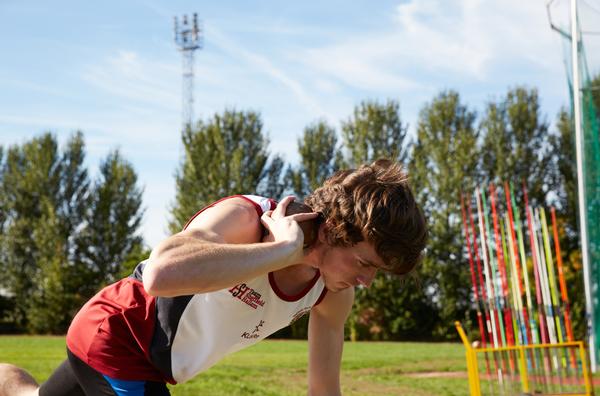
Next year, the University of Birmingham will open a new £55m indoor sports centre to replace its existing, ageing facility. It’s a huge investment for the renowned sporting university – Birmingham is currently fifth in the British Universities & Colleges Sport (BUCS) points table – the financial commitment to sport that it reflects, however, is not unique within the higher education (HE) sector.
In 2016, Nottingham University will open its own £40m sports centre, while in 2010 Northumbria spent £30m on its flagship Sport Central. In the intervening period, many other universities have invested significant sums in building, developing and upgrading sports facilities.
This recent surge of investment in university sport is inextricably linked to the sweeping changes taking place across higher education as a whole.
“For many parts of the university sector, the introduction of £9k tuition fees has been a real game-changer,” says Tim Garfield, director of the sports development centre at Loughborough University, which spent £11m in the last five years improving its already extensive facilities. “It’s made universities commercial and competitive with each other.”
On this new playing field, sporting universities have to work harder to meet the expectations of fee-paying students who want to play sport, while continuing to nurture the elite athletes who help raise their profile. The new developments are also pushing university sports centres to re-evaluate how they operate commercially, particularly with regard to usage by external organisations and the public.
Breadth of opportunity
So how do university sports operations balance the needs of such different groups while staying financially viable? At Loughborough, Garfield and his colleagues pride themselves on the university’s range of sport-specific facilities, in contrast with the multi-sport buildings of most of its competitors. “The focus is unashamedly our students and elite athletes,” he says.
With centres dedicated to athletics, badminton, cricket, football, gymnastics, hockey, lacrosse, martial arts, netball, swimming, squash, tennis and table tennis, the reach is vast. “Even though these are specialist facilities, the vast majority cater for the full range of abilities and interest in that sport,” says Garfield. “It’s this breadth of opportunity, for novices and elite athletes, that makes us so inspiring.” During term-time there’s some, limited community usage of the facilities – for example, Charnwood Athletics Club regularly uses the athletics track while the 50m pool hosts regular casual swimming sessions and community swimming galas.
But it’s in the holidays that the university focuses on optimising commercial opportunities. It hosts three national camps for the Youth Sport Trust each year, and will be the team base for Tonga, Namibia and Uruguay during the 2015 Rugby World Cup.
While Loughborough has a long history of catering for elite athletes – some of its facilities are funded by NGBs, requiring the university to provide some priority use to performance athletes – the introduction of tuition fees has sharpened its focus on students who want to play sport recreationally. Since 2010, £11m has been invested in the Holywell Sports Complex, now home not only to an upgraded stadium, eight grass pitches and the university’s fifth floodlit artificial pitch, but also the new Holywell Fitness Centre, opened in October 2014. The figures support Loughborough’s claim to be catering for all levels of interest – 70 per cent of the 17,000 students play sport regularly: 6,000 are members of its gyms, 4,500 are members of its 54 sports clubs, 2,500 take part in intramural sports and 3,000 participate in non-competitive sports. All organised sport is free of charge, with a “modest fee” charged for casual use.
With such demand, a scheduling group meets regularly to diffuse potential clashes: “There is constant tension, but not conflict, between the demands of different user groups,” admits Mark Davies, Loughborough’s strategic manager for sports operations. “[But] despite the tensions, we believe we have a very healthy sporting eco-system in which there’s a large amount of mutual respect.”
Community outreach
At the University of Durham, second only to Loughborough in the BUCS rankings, there are three competing priorities, says head of sport Quentin Sloper: meeting the needs of elite athletes, increasing student participation and providing high-quality facilities to community groups.
To support these aims, the university has spent £12m on its facilities since 2011, including £6.7m on a new indoor sports centre and £1.6m on two rubber-crumb surfaces. Facilities now include a £1m indoor rowing tank and a 28-station ‘ergo’ gallery; a world-class fencing salle, home to British Fencing; a sports hall; a high-performance weights room and a fitness suite. There is also an aerobics studio, two squash courts and three physio rooms. Outdoor facilities include multiple grass pitches, a water-based hockey surface and a sand-dressed artificial pitch. If a key aim of the new centre was to increase student participation, this has certainly been achieved: more than 12,000 (90 per cent) of Durham’s students regularly engage in sport. Of these 2,000 compete for the university across 45 clubs and 10,000 take part in intramural or non-competitive sport.
Durham also places great emphasis on making its facilities available to the wider community – and not only for the commercial benefits. Its University Sport programme involves 47 local schools and all the city’s major clubs. More than 200 student volunteers coach within schools each year and 2,000 children have access to the university’s sporting facilities.
“Community outreach is a key component of our overall programme,” says Sloper. “It’s integral for the personal development of our students, who have the opportunity to coach, organise, lead and interact with people who they might not otherwise engage with at university.”
Catering effectively for all these different groups means not only extended opening hours, but also templating programmes for an entire academic year so everyone’s clear about what they can access and when. “The requirements of our performance clubs and athletes are given a level of priority, but it’s always a compromise,” says Sloper. Another challenge is how to be commercial. “During term time, our facilities are used constantly, seven days a week,” he says. “It’s difficult to grow a commercial programme when users want access 50 weeks a year.”
While the fitness suite does offer memberships to locals as well as students, community members only account for around 10 per cent of the 700-strong membership base.
Value for money
Another university balancing the needs of different user groups is Sheffield Hallam University (SHU), which has also committed to upgrading its sports offering.
In October 2013, SHU invested £6m in a 22-acre outdoor facility, Sportspark, with a further £1m spent on indoor facilities and £325,000 on refurbishing and rebranding the Sheffield Hallam athletics stadium.
The policy at SHU is that all facilities should be available for community use. It currently has 4,759 paying sport and fitness members, across all user categories. According to operations manager Andrew Miller, keeping so many different user groups happy is a constant balancing act. “Athletes want free access to the facilities and this is agreed prior to selling space to individuals,” he says. “But some contracts are done prior to athletes’ bookings. Nobody is given priority.”
At present, SHU has around 350 community members. As part of its efforts to remain competitive, SHU has signed up to two national schemes: Sport England’s quality scheme Quest and the National Benchmarking Service (NBS), administered by Leisure-net Solution in partnership with SHU’s own Sport Industry Research Centre.
Designed to be both a badge of accreditation and a tool for continuous improvement, Quest Plus involves an initial two-day assessment and mystery visit, followed by a one-day review a year later. NBS, meanwhile, is used by facilities to identify how they are performing compared to their competitors.
According to Miller, a key goal of signing up to the benchmarking system was to demonstrate SHU’s value for money. Quest, meanwhile, helps develop formal structures that support best practice.
As the different approaches of these three universities show, there’s no one-size-fits-all solution when it comes to balancing not only the varied needs of their different users but also their commercial aims.

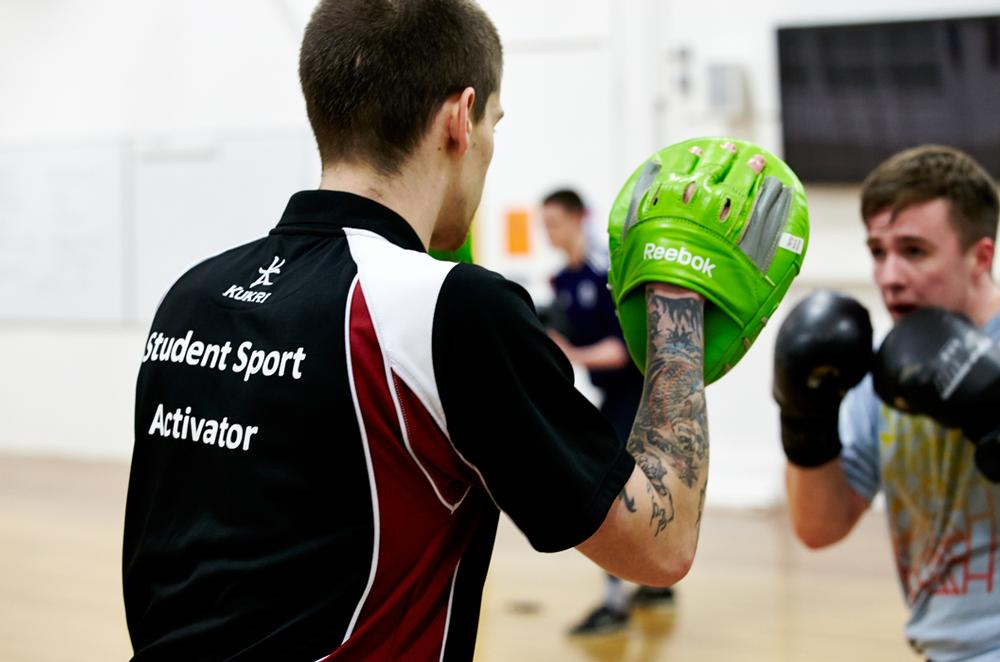
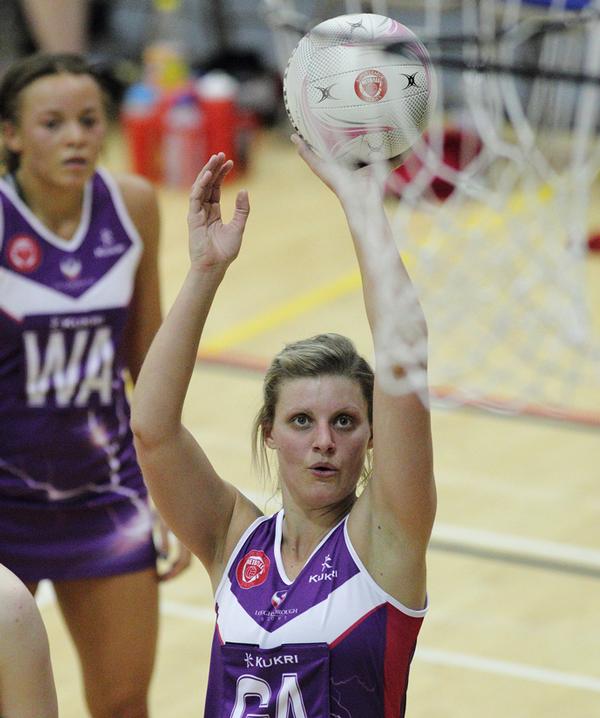
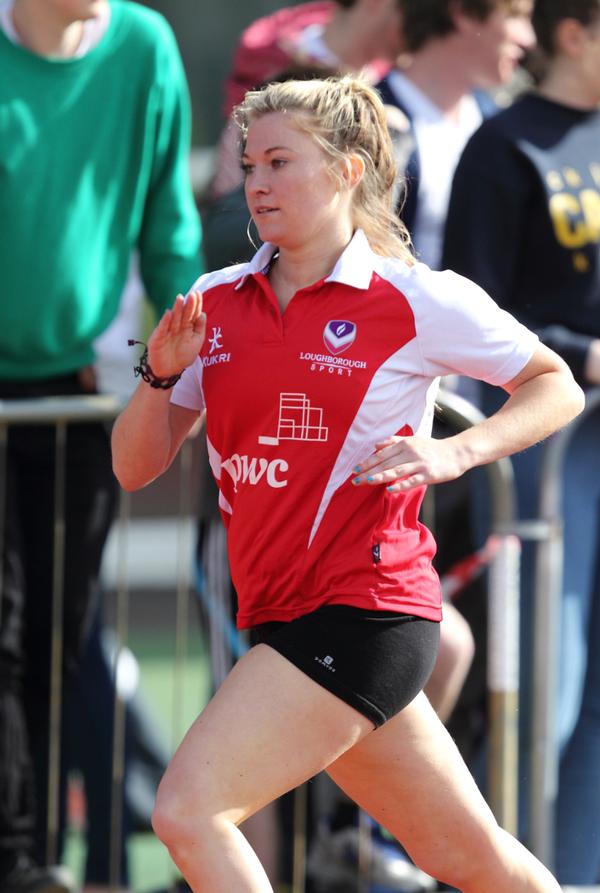
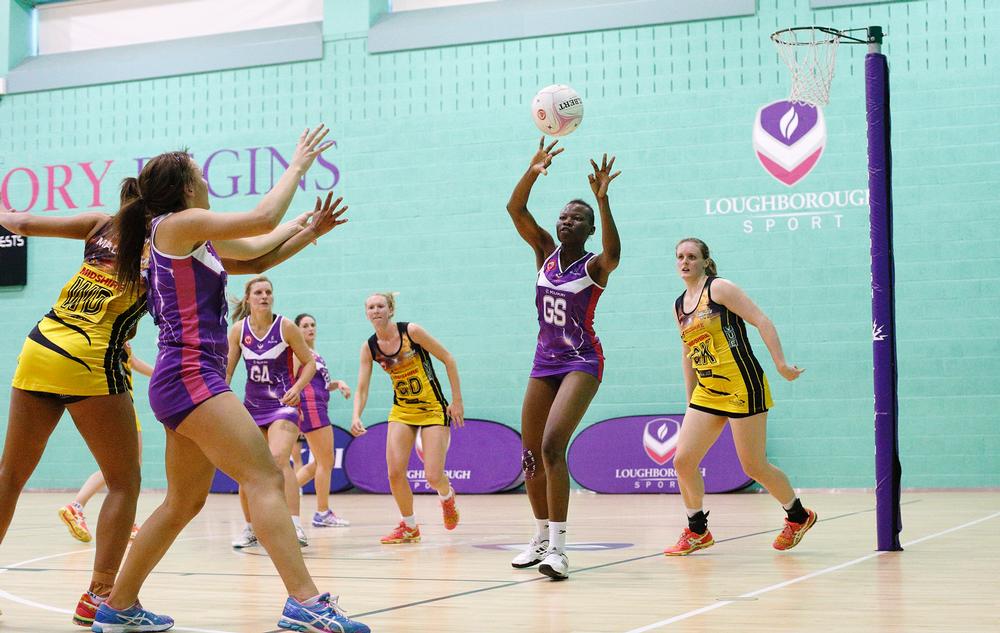
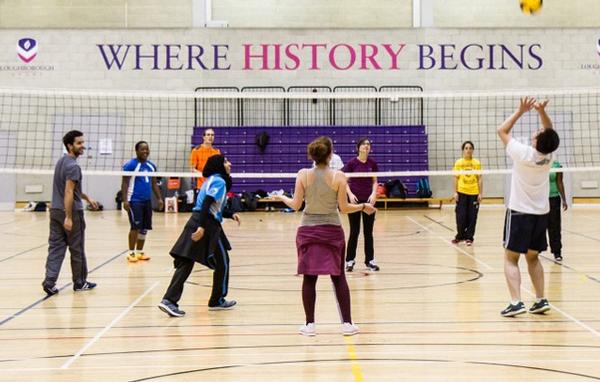
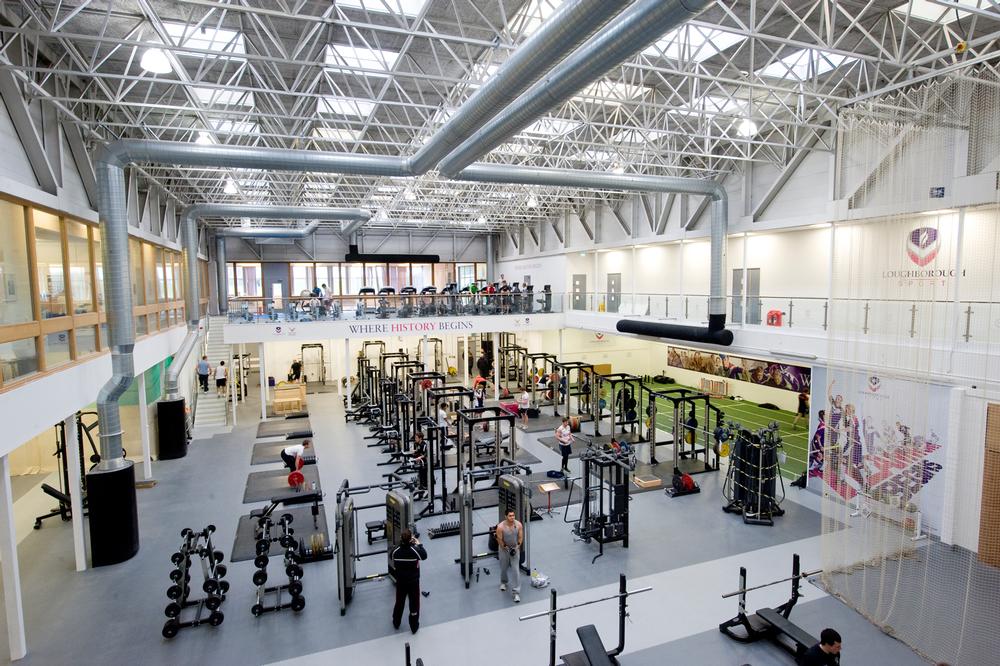
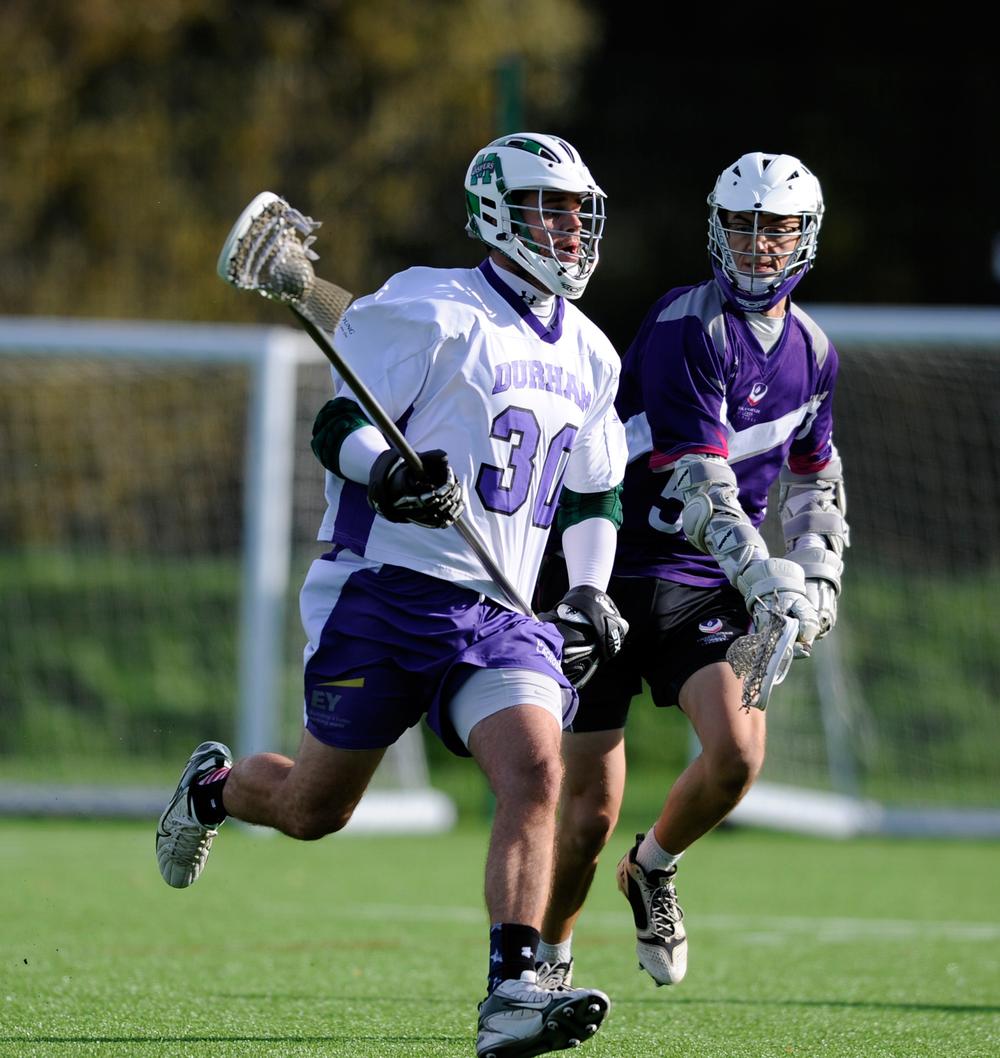

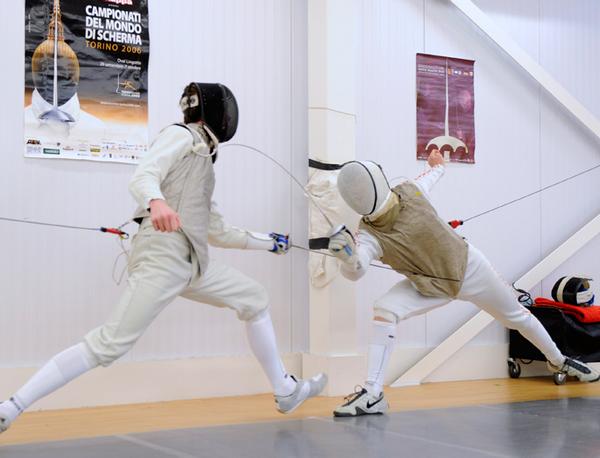
Centre Manager
Director of Operations
Fitness Motivator
Recreation Assistant/Lifeguard (NPLQ required)
Membership Manager
Recreation Assistant
Swim Teacher
Swim Teacher
Chief Executive Officer, Mount Batten Centre
Swim Teacher
Swimming Teacher
Swimming Teacher
Company profile
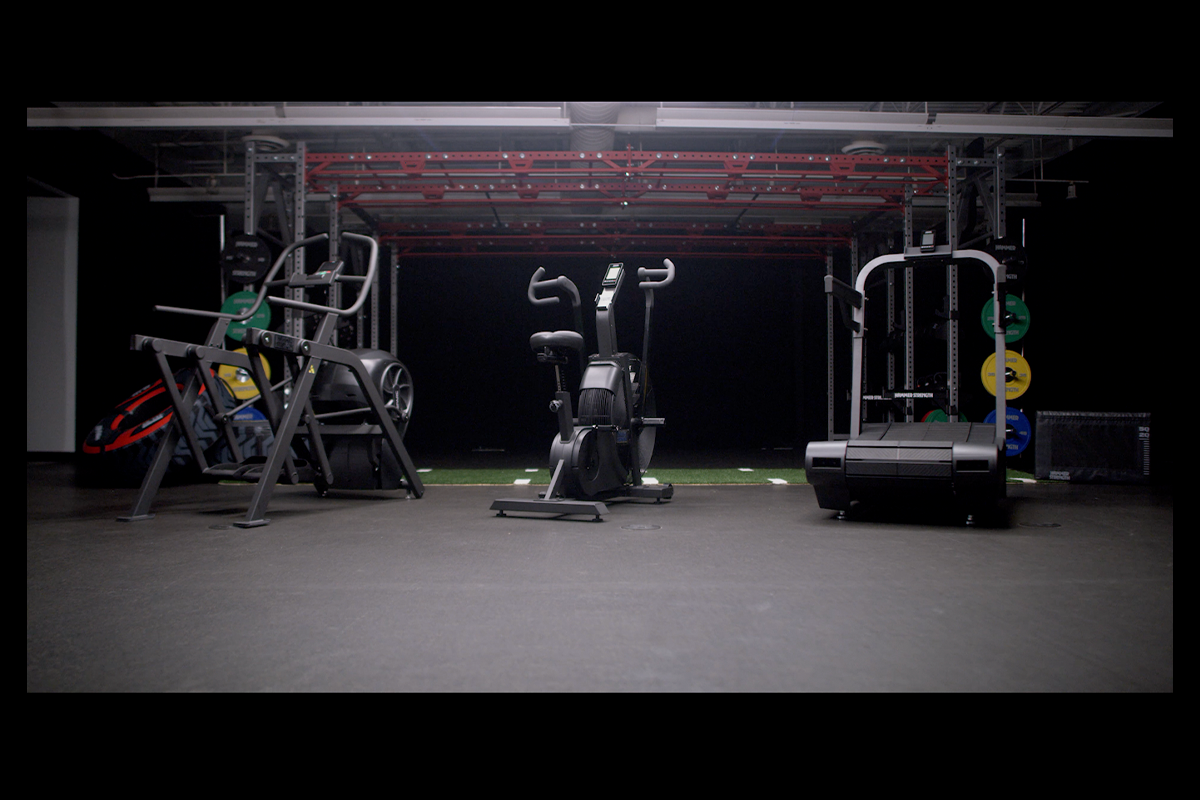
Featured Supplier

Property & Tenders
Company: Knight Frank
Company: Belvoir Castle
Company: AVISON YOUNG
Company: London Borough of Bexley
Company: Forestry England














